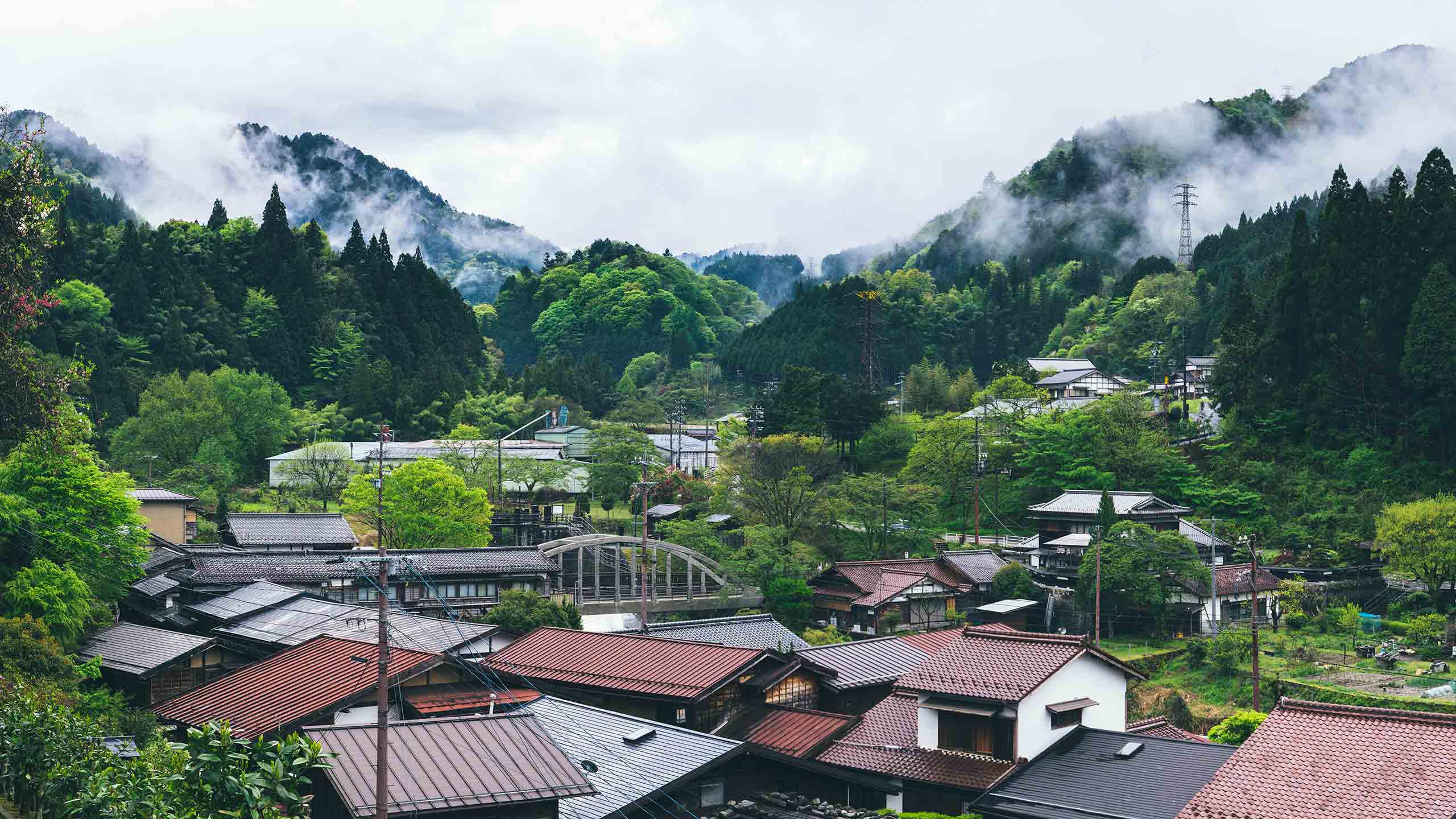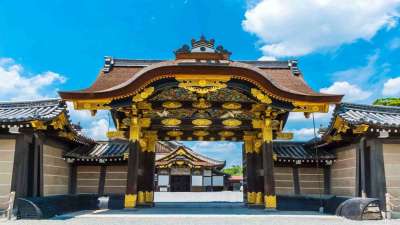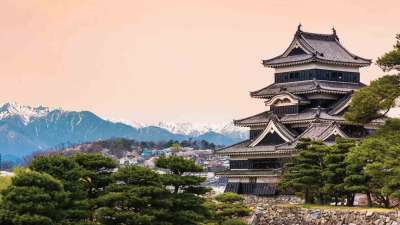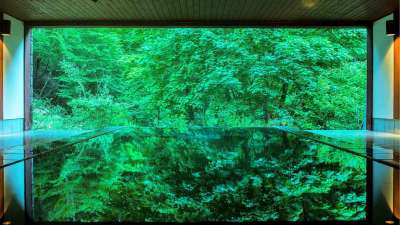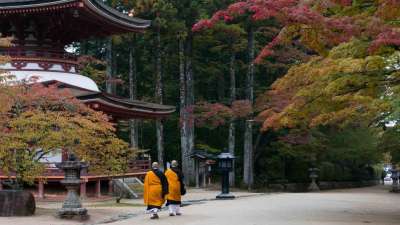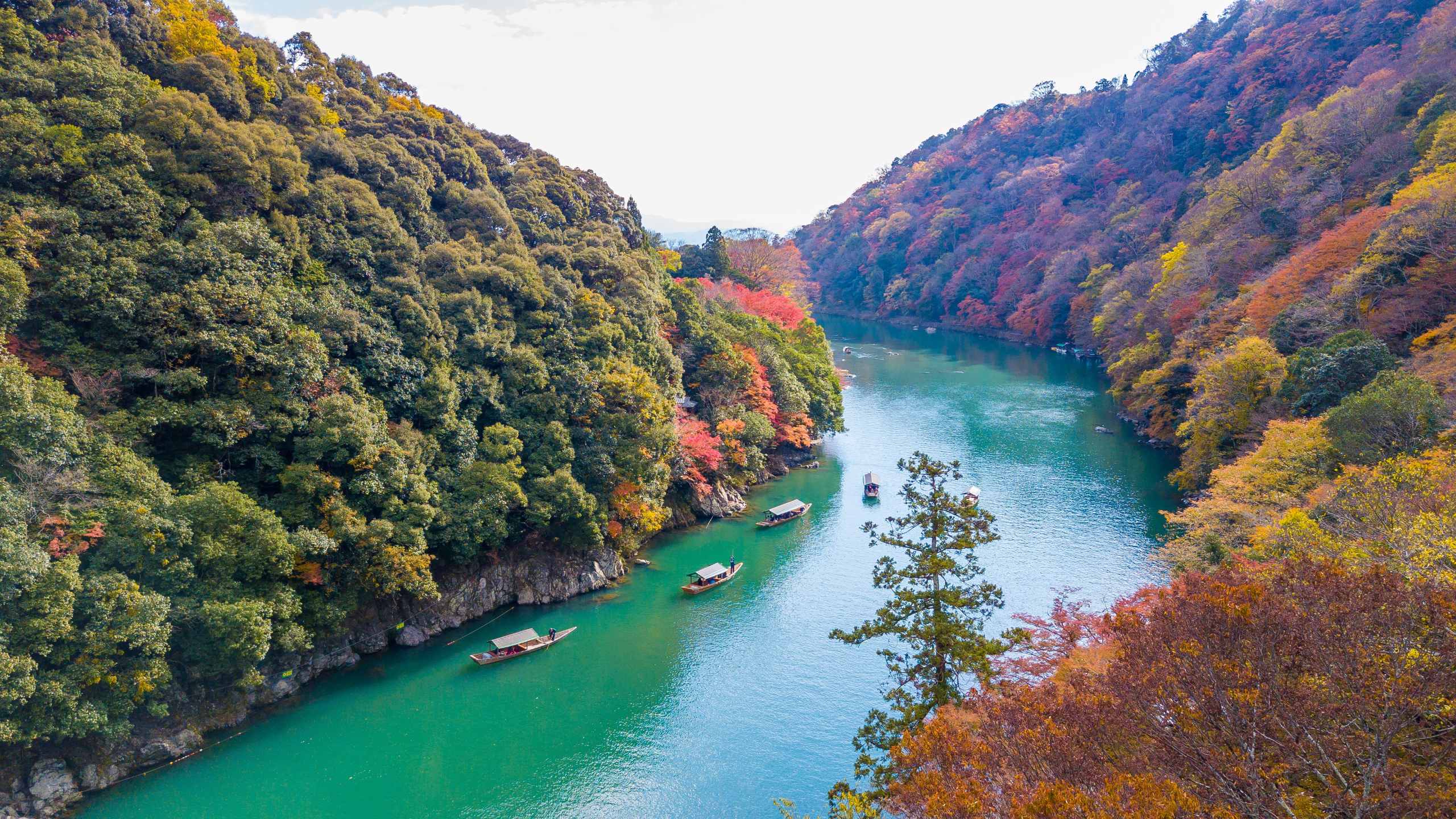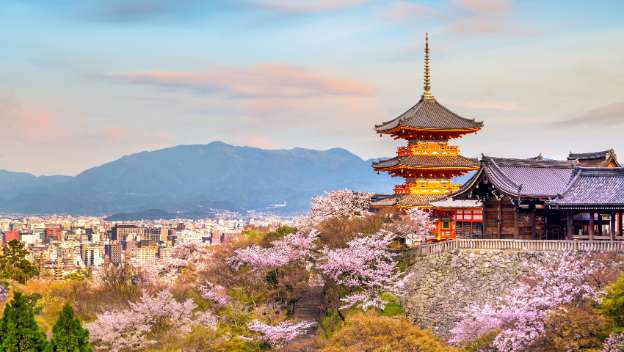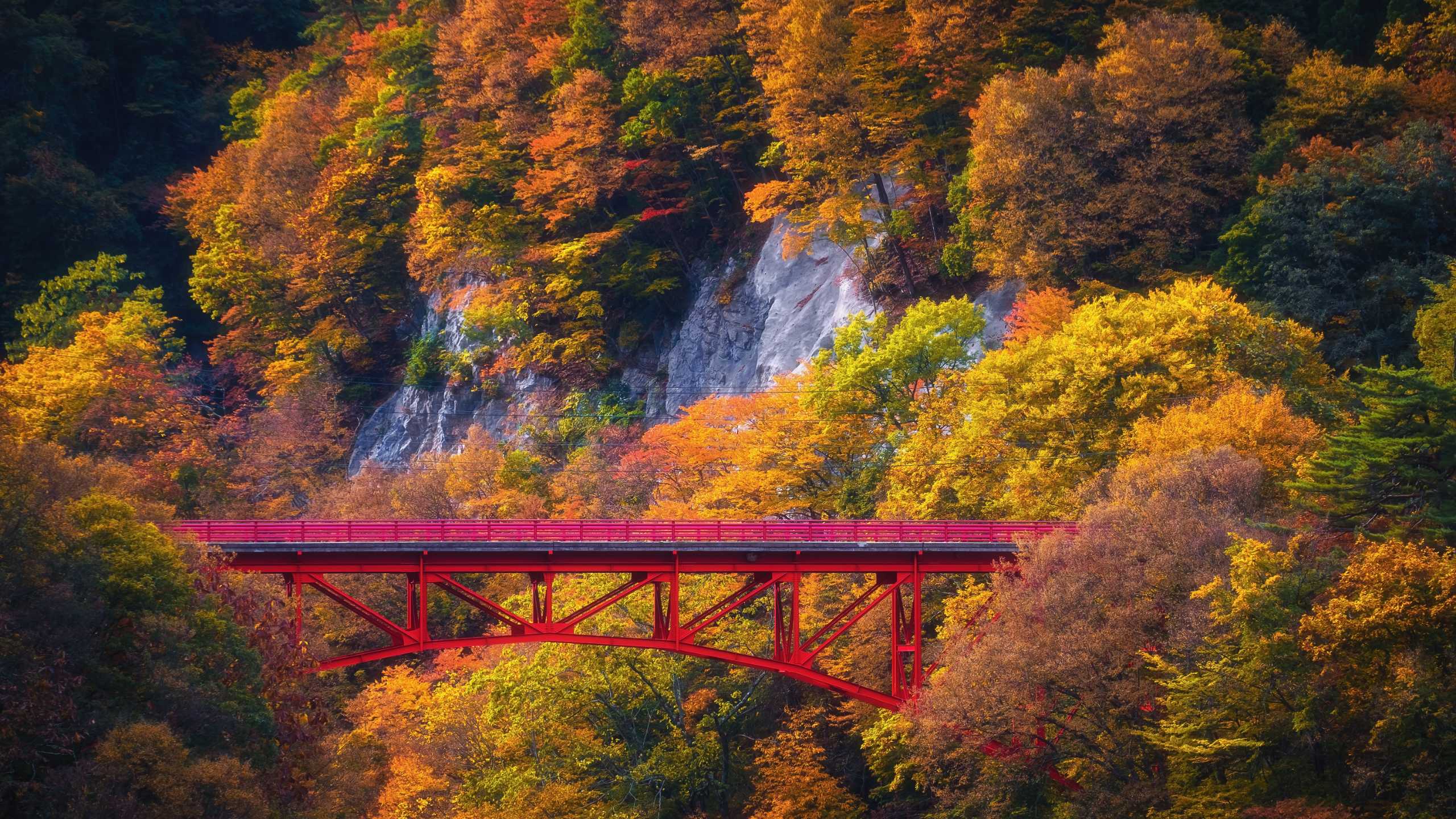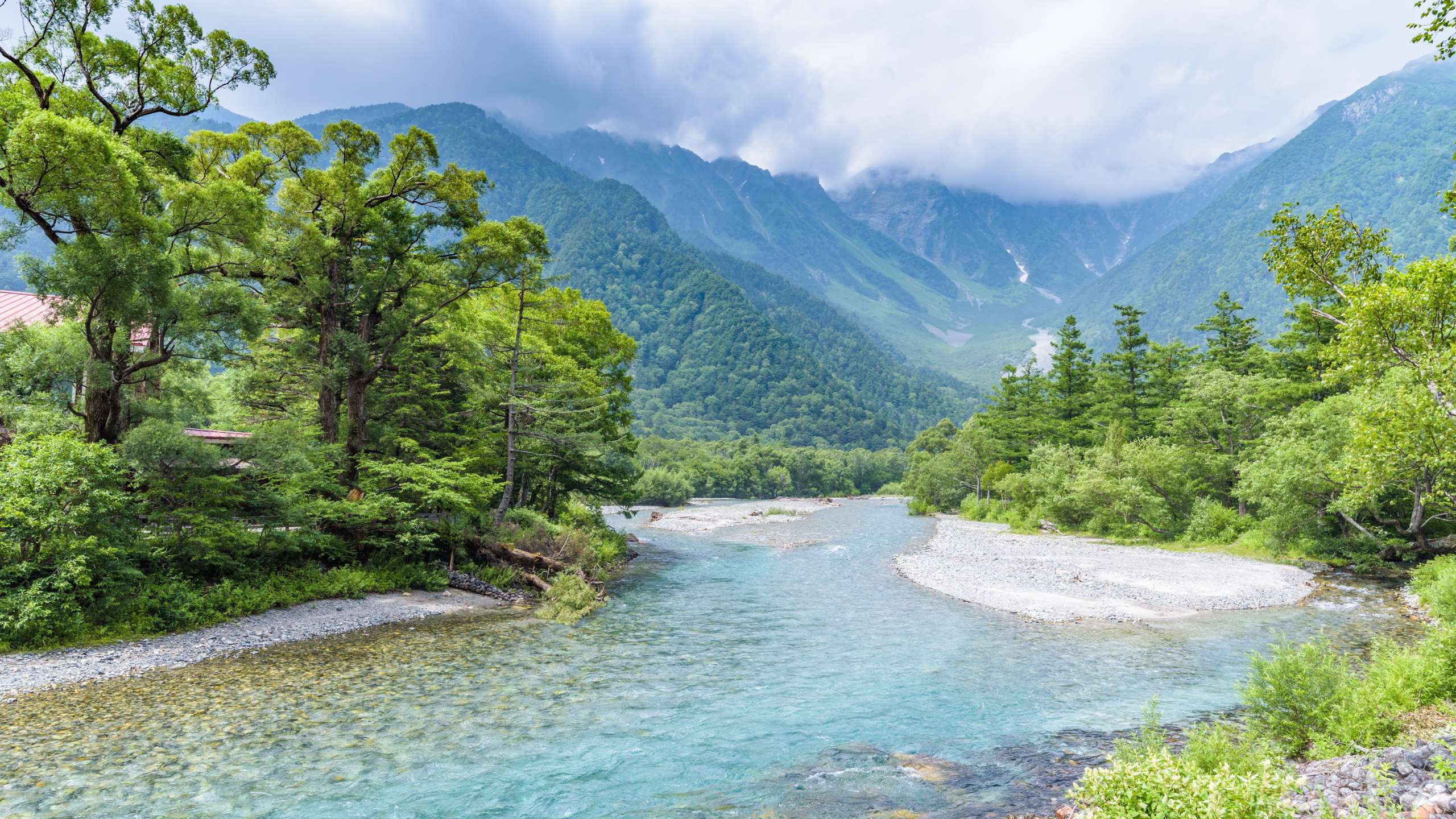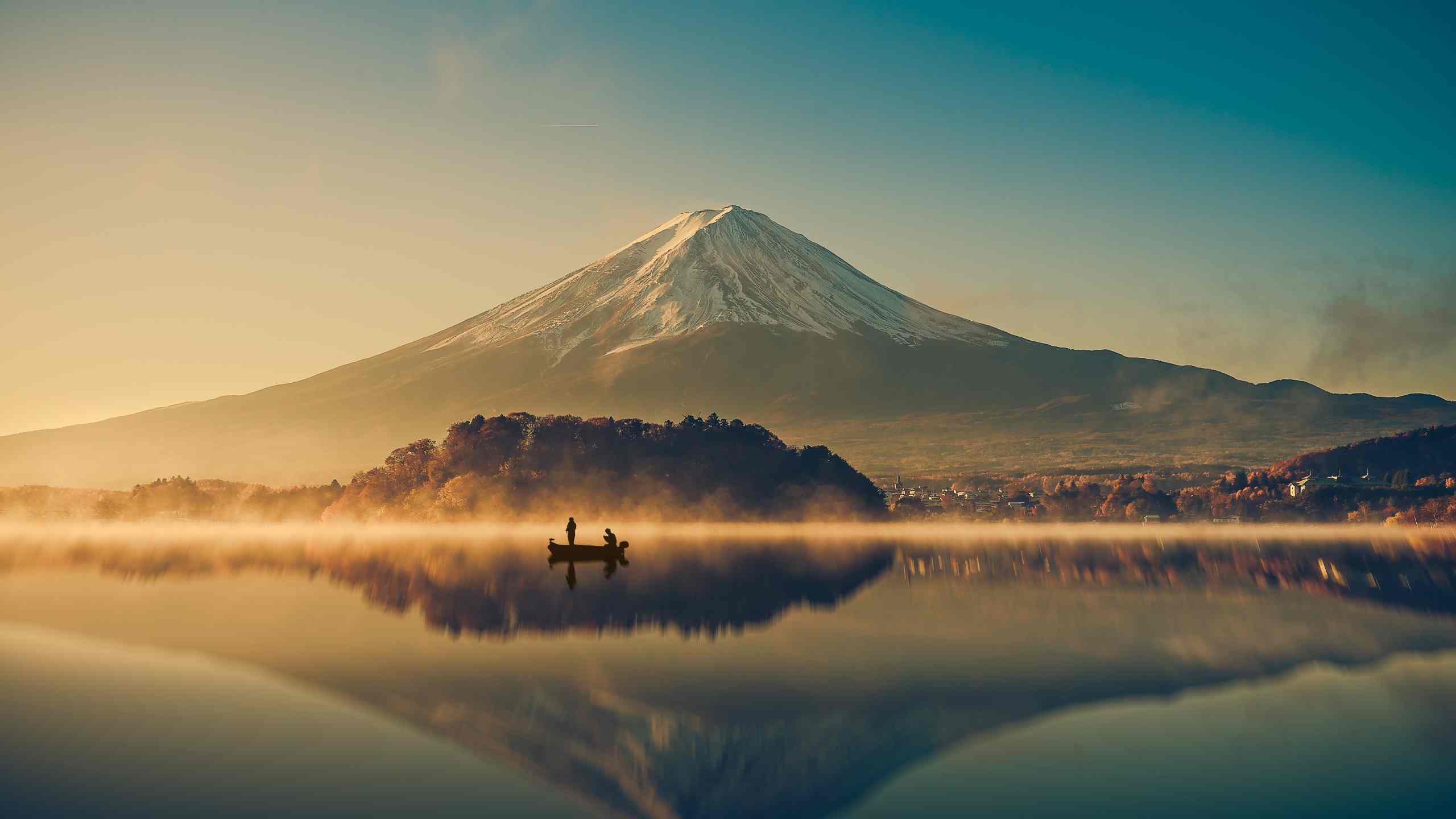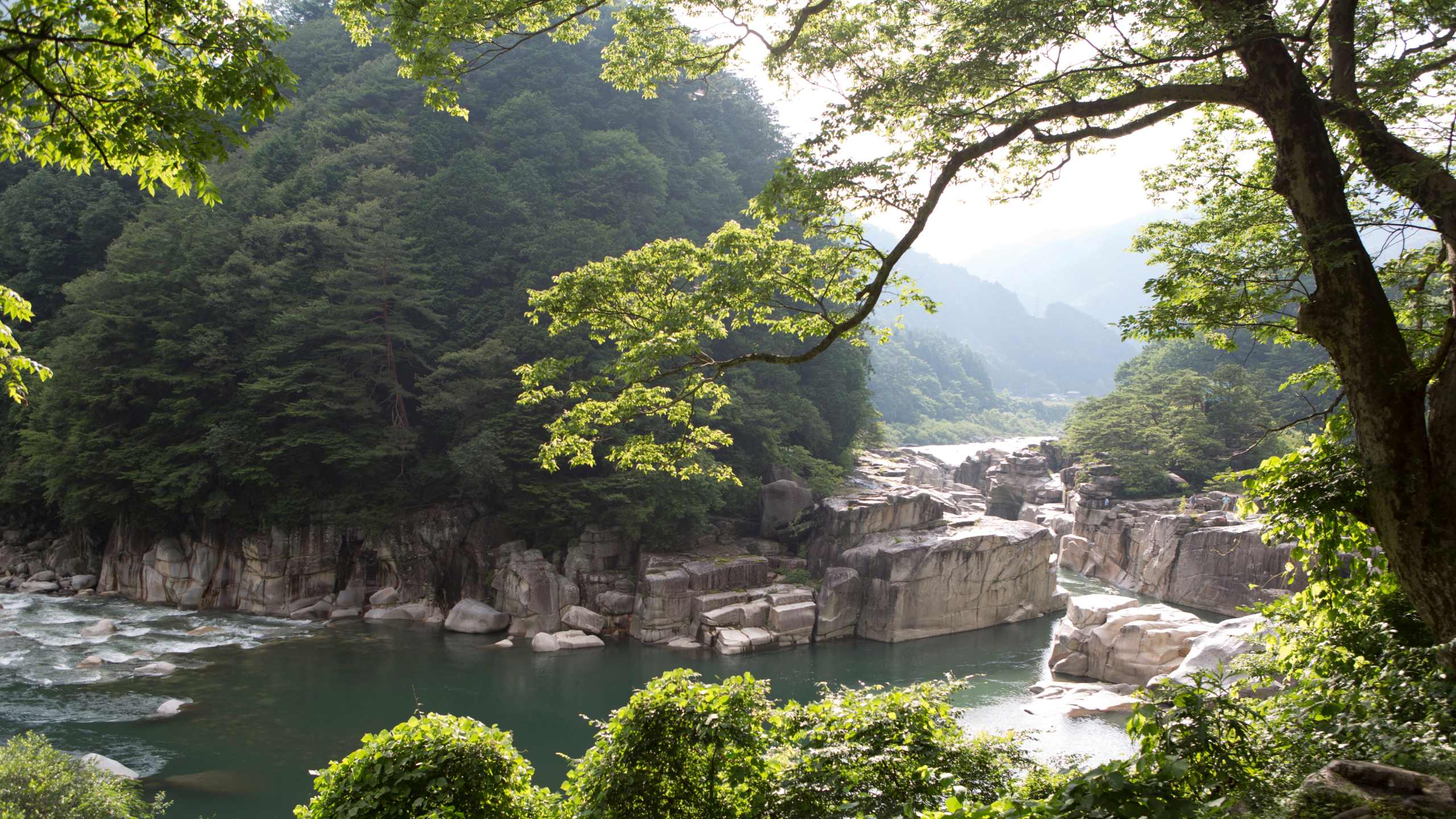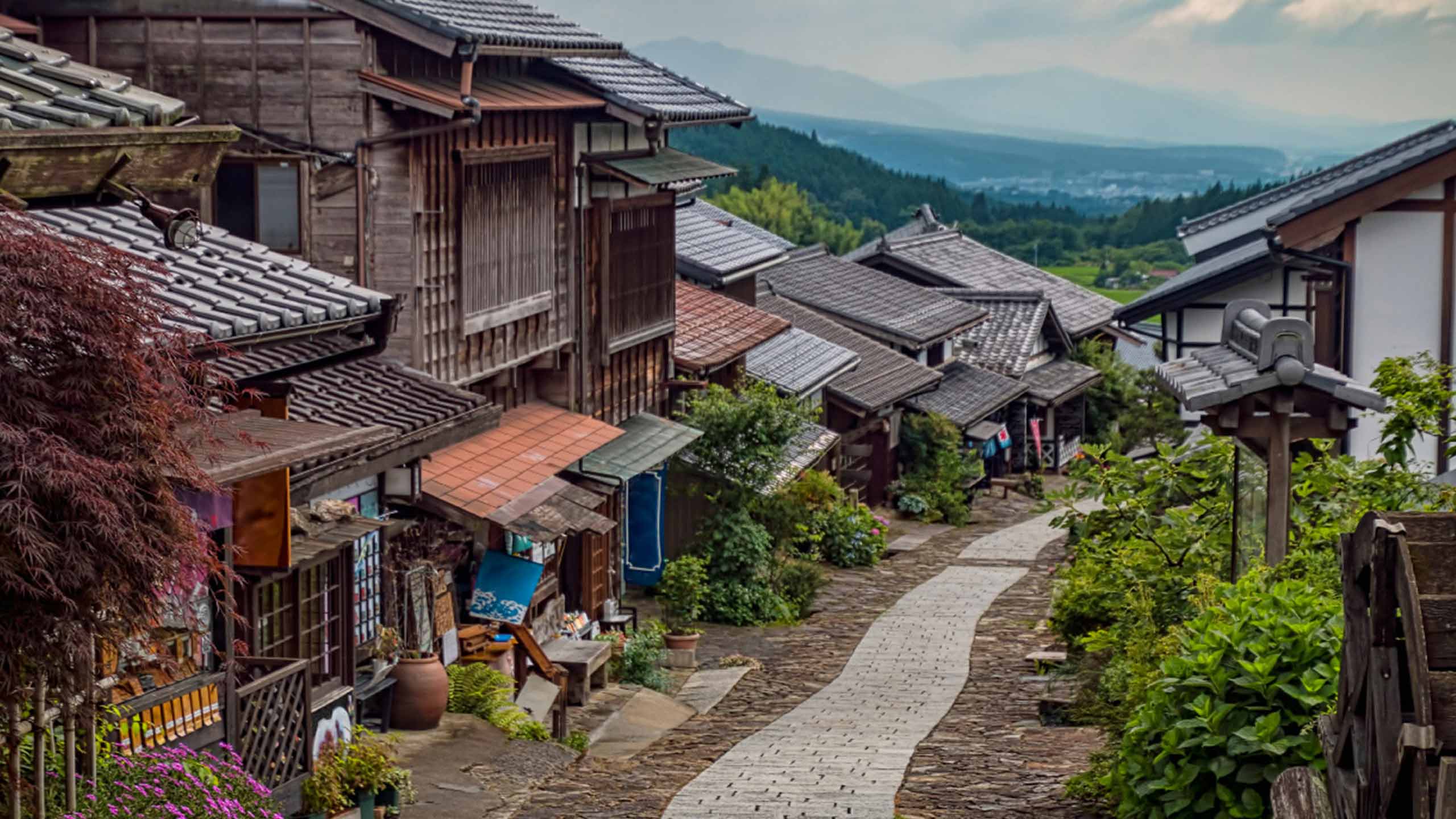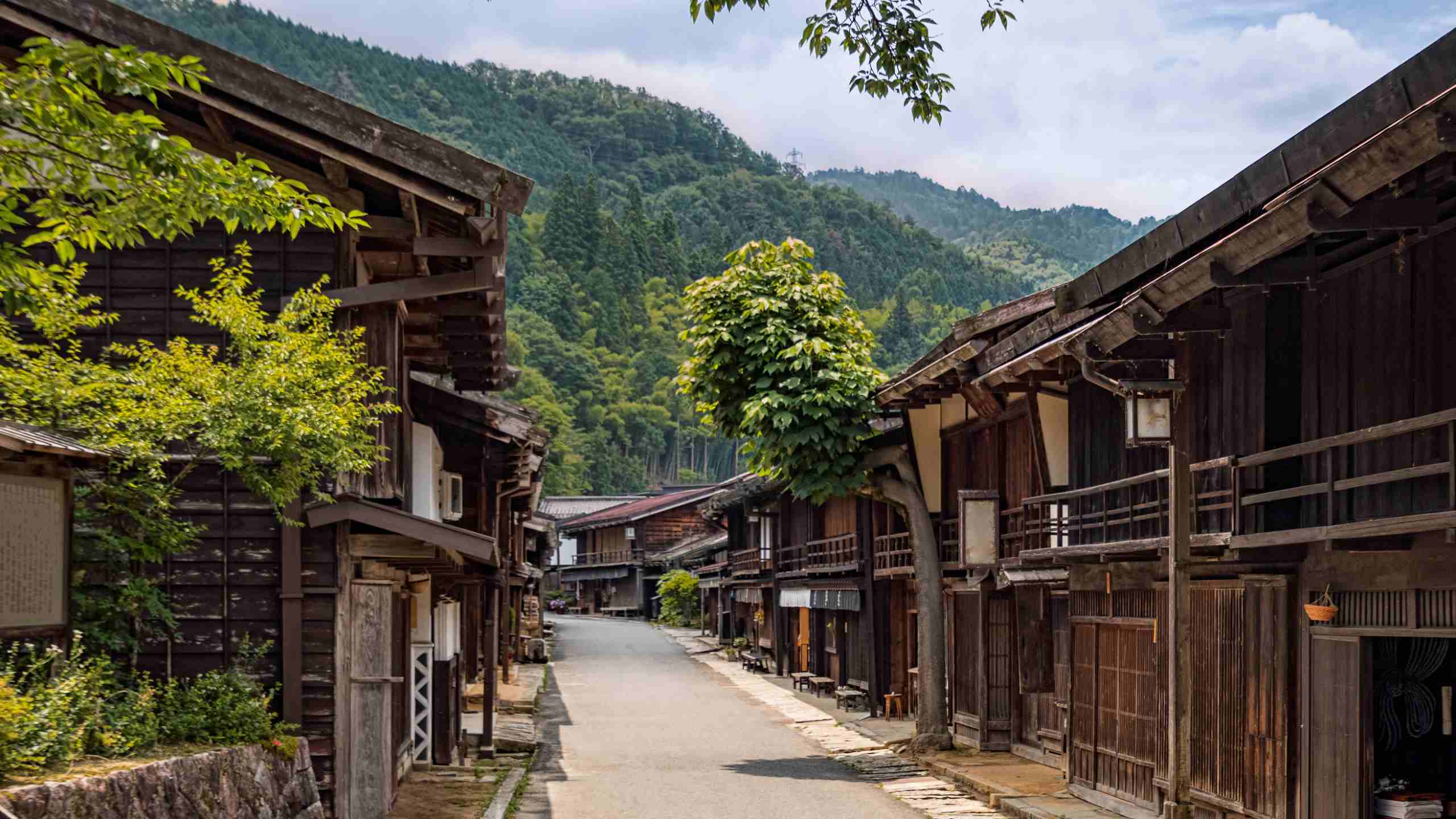The Nakasendo Way promises an immersion into the age of the Samurai and the Edo period, including a sensational blend of iconic history, scintillating nature, and fascinating cultures. Stretching across more than 500 km from Kyoto to Tokyo, picturesque waterfalls, crystal clear streams, mountains, valleys, cosy inns, temples, shrines, forested hills, and quaint towns unfold like live wallpaper on this trail. It's truly Japan's blast from the past and a remarkable corridor into history on cobblestone pathways.
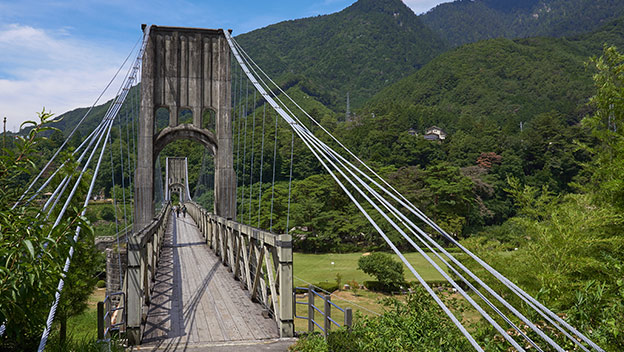
Nakasendo Way - An Overview
The Nakasendo Way, translated in English as Central Mountain, is a famous mountainous trail of approximately 534 km (332 miles), from Kyoto to Tokyo. This route was one of the five main highways of Japan known as Gokaido, under the Tokugawa Shogunate rule in the Edo era. During the period, the trail wasn't the most used route, but the Shogunate empire, its feudal lords, and emissaries preferred it to other routes, making it all the more popular.
Spread across the Nakasendo Trail are 69 staging posts or post towns known as juku in Japanese, notably Narai, Magome, Kiso Fukushima, and Tsumago. These post towns offer a glimpse into the glorious past of the Edo period when they served as significant stopping points for travellers from Tokyo to Kyoto who observe the break to eat and relax before continuing their journey. Some of these towns have lost their historic appeal due to civilization, but some have managed to retain theirs, with Ryokan inn, stalls, and food shops, having no remarkable difference from what they were centuries ago. Luckily, the paths of these towns are well paved, mostly strewn with cobblestone, while off-the-beaten paths are shaded by either a forest of cypress or cedar trees. Tourists can either complete the entire trail or focus on the highlights of each town. Let's explore the main post towns (juku) of Nakasendo Trail while bringing their highlights to the fore. If you are planning to hike the Nakasendo Way, you might like to read our below posts to help best plan your ultimate Nakasendo walking adventure:
- When is the Best Time To Walk The Nakasendo Trail?
- Japan Hikes: Kumano Kodo Pilgrimage Routes & Nakasendo Way
- Where To Stay in Kiso Valley on The Nakasendo Way
Post Towns of Nakasendo
There are 69 post towns in Nakasendo, all having elements that are reminiscent of the Edo era. However, few stand out and haven't been subject to urbanisation or climate change. They are:
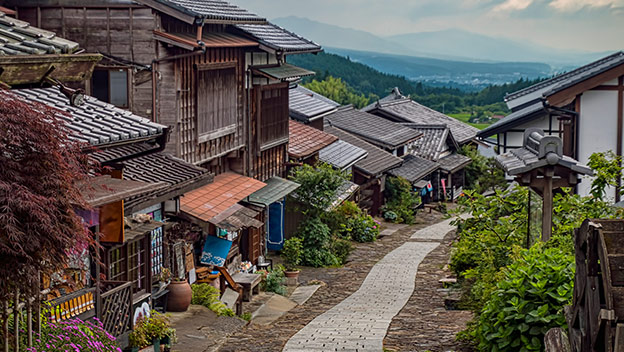
Magome-Juku
Magome-Juku was a former significant post town along the route but is now part of Nakatsugawa city, in Gifu prefecture. Once here, stroll uphill along the cobblestone paths to meet stalls, shops, inns, restaurants, craft shops, tea houses, museums, and even working waterwheels. However, observing the magnificent Nakasendo Trail from the town's scenic overlook is the first and highlight activity here. If feeling adventurous, take a walk from Magome-Juku to Tsumago-juku to Tsumago-juku (around 2.5 hours), starting from the mesmerising Magome pass - a hilly scenic way that ascends to 790 metres (2,600 feet) above sea level.
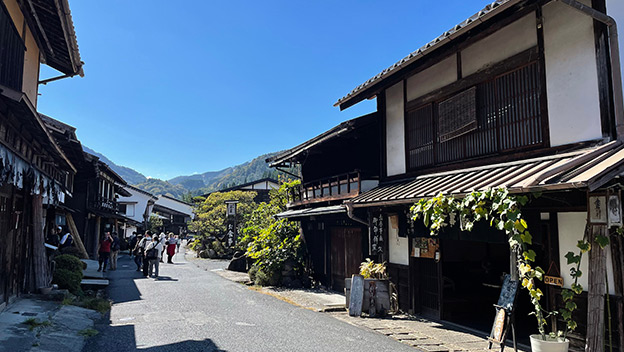
Tsumago-juku
Now in Nagano prefecture, Tsumago-juku is one of the best preserved Edo-era towns in the Nakasendo Way. From its entryway ushered by the descending stone paths of Ishidatami, rustic pre-modern beauty is unveiled in quaint shops, Ryokan inns, and museums. Walking through this stilly town where little has changed since centuries, evokes a peculiar feeling of strolling back into the Edo period. To sustain the town's mediaeval character and charm, cars are not permitted and phone lines are hidden. Check out the Honjin and Waki Honjin inns, the Kotoku temple, and the castle grounds for a wholesome immersion into this idyllic old town.
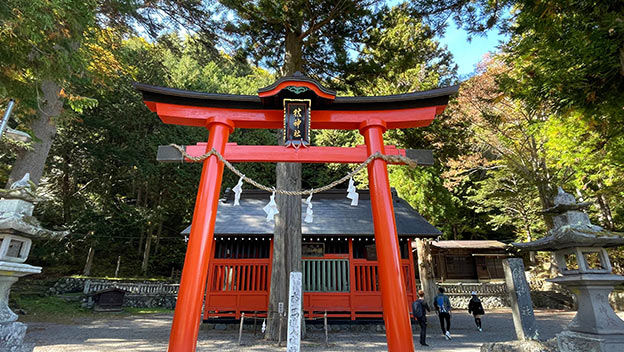
Narai-juku
During the Edo era, Narai-juku was known as the town of 1,000 inns, and it still lives up to that description, with many inns littering its 1 km-long landscape. This small town nestled in the Kiso Valley exudes pre-modern aura and unspoiled natural beauty, thanks to its position at the foot of Torri Mountain Pass. Top attractions in the town to see include Kisho Ohashi - a wooden bridge over the Narai River, the Narukawa Museum of History and Folklore, and the six original water fountains that supply the village with water.
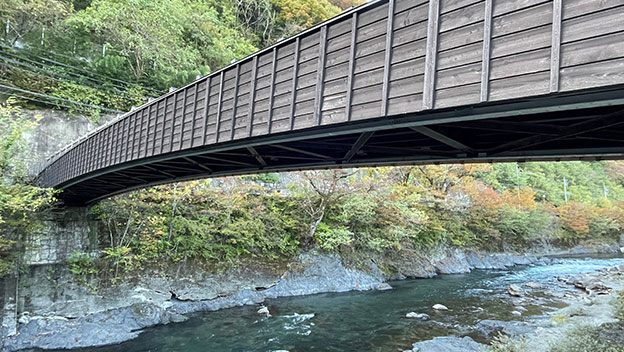
Kiso-Fukushima
Kiso-Fukushima is one of the largest post towns of the Edo era still in Nagano prefecture. It is located almost halfway between Kyoto and Tokyo and served as a famous checkpoint where travellers were screened and searched on the Nakasendo highway. Highlights of this town include the wooden bridge over the Kiso River, the Kiso-Fukushima museum, the Daitsuju temple, and the rebuilt checkpoint building lodged on a hill with the Kiso River below. Meanwhile, Mount Ontake reigns supreme in the background, and combined with the Kiso River, it gives the town a sensational allure.
Famous Hikes on Nakasendo
While capturing the beauty of its post towns, these hiking routes on the Nakasendo Trail unravel the most picturesque natural scenery of Japan's rural settings. From waterfalls and crystal clear rivers to tea houses, temples, and inns, it's like walking through an open-air museum of history. Some of these hike include:
- Yabuhara to Narai (7km)
- Magome to Tsumago (8km)
- Itabashi to Nihonbashi (12km)
- Nakatsugawa to Magome (9km)
